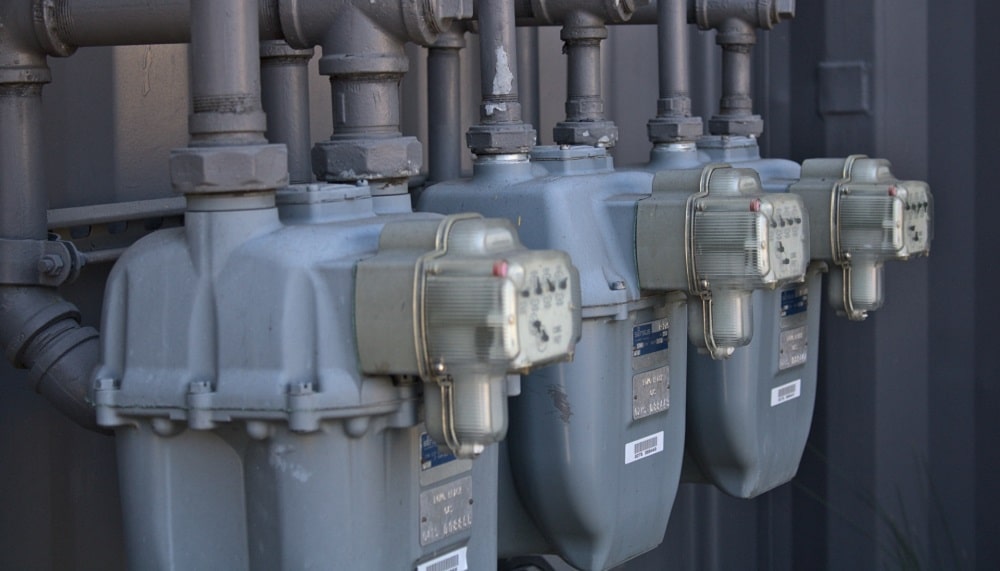In a significant development, Pakistan’s government has approved a substantial increase in gas prices, with implications for both the common people and listed companies in various sectors. The move, aimed at addressing the country’s escalating circular debt issue and appeasing the International Monetary Fund (IMF), will lead to a weighted average gas price hike of 70-75% for domestic gas consumers and industries. Originally scheduled for October 1, 2023, the new rates will now be effective from November 1, 2023.
For consumers, this means higher gas bills, with fixed rates for both protected and non-protected consumers, adding to their financial burden. However, the government hopes to bridge the revenue gap for gas utility companies, which is necessary due to the mounting circular debt that has reached a staggering Rs. 2.1 trillion.
The IMF has been urging Pakistan to reduce circular debt by increasing gas tariffs, as it has been straining the country’s fiscal accounts. This measure, along with power tariff rationalization, is seen as a step toward an agreement with the IMF in the upcoming November review.
The impact on various sectors is mixed. Sui companies, involved in gas distribution, will benefit, while exploration and production (E&P) companies will experience positive cash flow. Oil marketing companies will see improvements in their financial health, and the fertilizer sector will witness nominal impacts. The textile sector will remain largely unaffected in the north but face challenges in the south due to increased gas prices.
However, the chemical sector is set to be significantly impacted, with the cost increase unlikely to be passed on to consumers. This decision is expected to address financial challenges and the circular debt issue but will also place a heavier financial burden on the common people and some industries.

